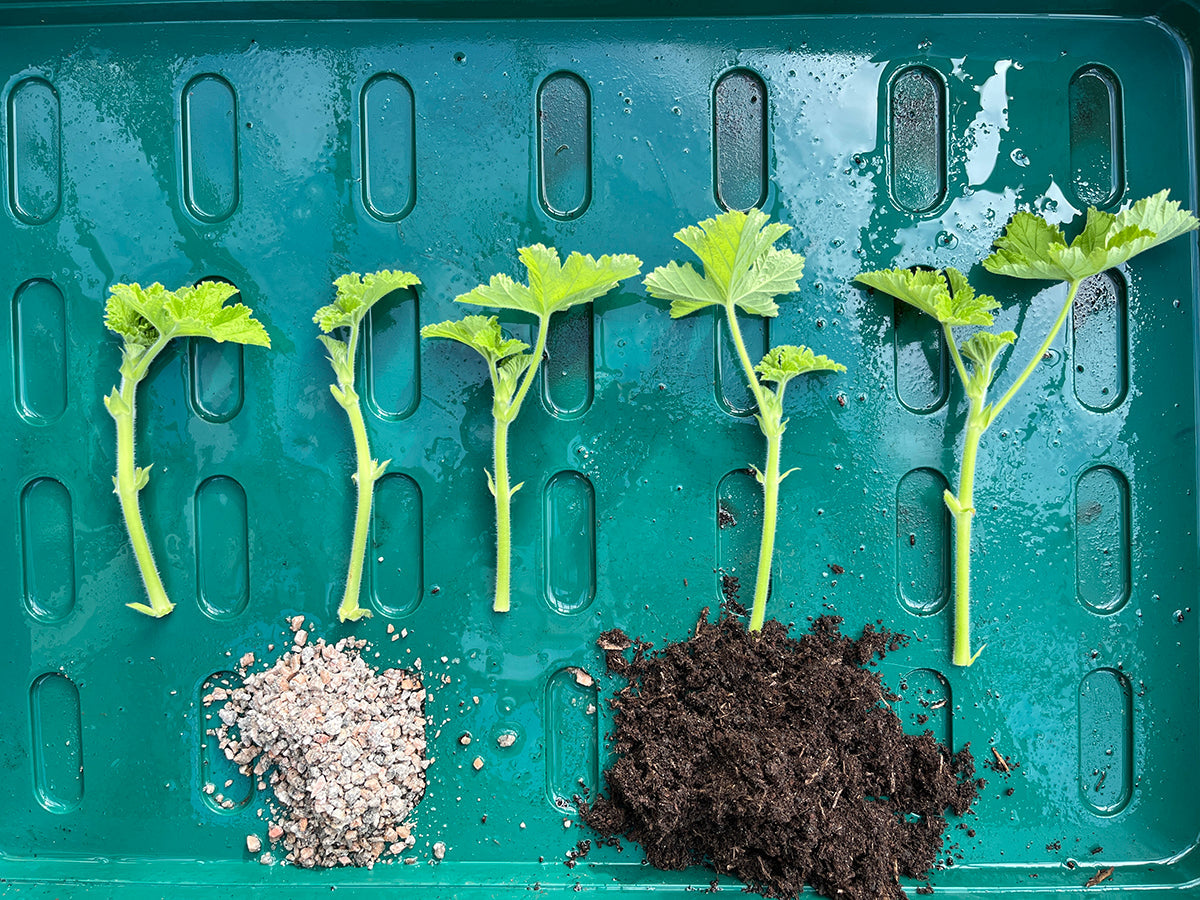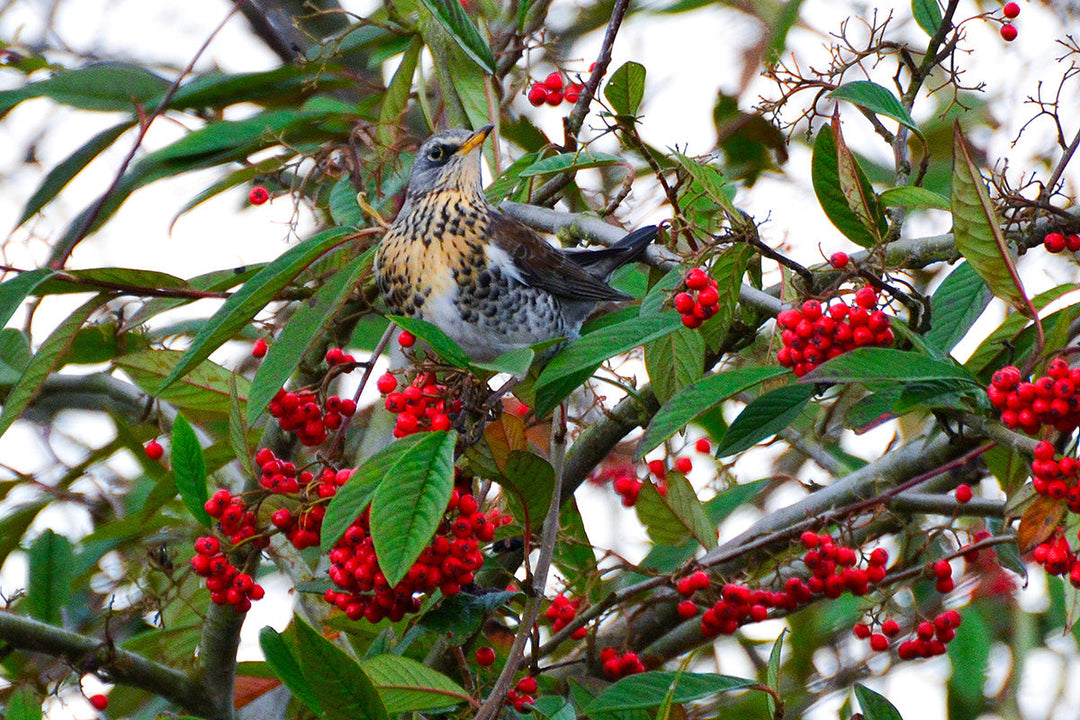Leaf mining moths and flies

Wandering around the meadow this week I spotted a burdock leaf starkly etched with a maze of silver arteries, the giveaway signs of a leaf miner. These creatures, the larvae of moths or flies, feed off the spongy mesophyll beneath the upper and lower epidermis and are usually host-specific, consequently it’s possible to identify this as an example of the fly Phytomyza lappae.
Leaf miners are a relatively common sight in the garden, sometimes occurring as a pest that can reduce vigour of a plant or even be the cause of total failure. Horse chestnut leaf miner (Cameraria ohridella), widely distributed, is a moth larva that can make the leaves of the tree look brown and shrivelled. Another is Phytomyza gymnostoma, the Allium leaf miner, a fly whose maggots bore their way through the stems of onions, shallots, leeks, and garlic, leaving the plants unusable.
Another leaf miner unpopular with vegetable growers is the beet leaf miner Pegomya hyoscyami, a fly maggot that affects spinach, beetroot, and swiss chard - I have it on my chard at the moment. Owners of ornamental gardens may also find Phytomyza hellebori on their hellebores, Phytomyza astrantiae on their Astrantia, and Phytomyza ilicis on holly trees or topiary.
The list isn’t endless but there’s thought to be nearly 900 species of these creatures in the UK. Control is limited these days to barrier methods such as netting or fleece. Some can become a major problem while others come and go causing only superficial damage. As with all these things creating a nature friendly balance wth beneficial predators can help but I'm finding that the horse chestnut leaf mining moth may well be something we simply have to put up with, unless a form of biological control is developed in the future.
In the meantime I’ll enjoy spotting and identifying leaf miners in my garden and out in the Cotswold countryside. There are specialist groups devoted to this subject, especially online, and county recorders are always interested in receiving records.











